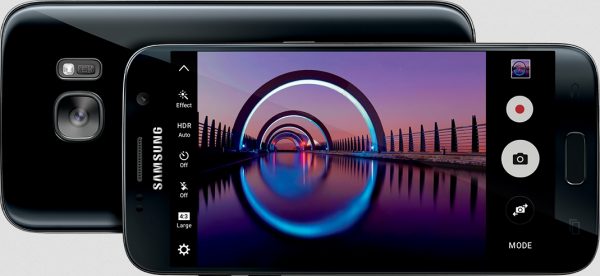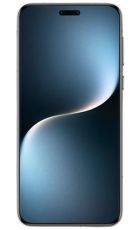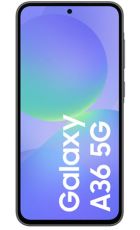The Samsung Galaxy S7 has finally been announced and with great specs, a stylish design and big improvements on the Galaxy S6 it’s set to take the mobile world by storm.
If you’re not sure what all the fuss is about we’ve got all the details, from when it’s coming out and how much it costs to what you can expect from it. So dive in and prepare your wallet, because it might be about to get a lot lighter.
Release date and price
The Samsung Galaxy S7 is out in stores on the 11th of March, but most retailers are shipping it to arrive three days early on the 8th of March if you pre-order.
You can grab it SIM free from £569 in black or gold, while the Samsung Galaxy S7 Edge will cost you £639.
Both phones are also available on a range of contracts with mobile networks, but as flagship devices they’re pricey, with the Galaxy S7 starting at around £35 per month plus some money upfront and the S7 Edge costing around £5 per month extra.
Screen
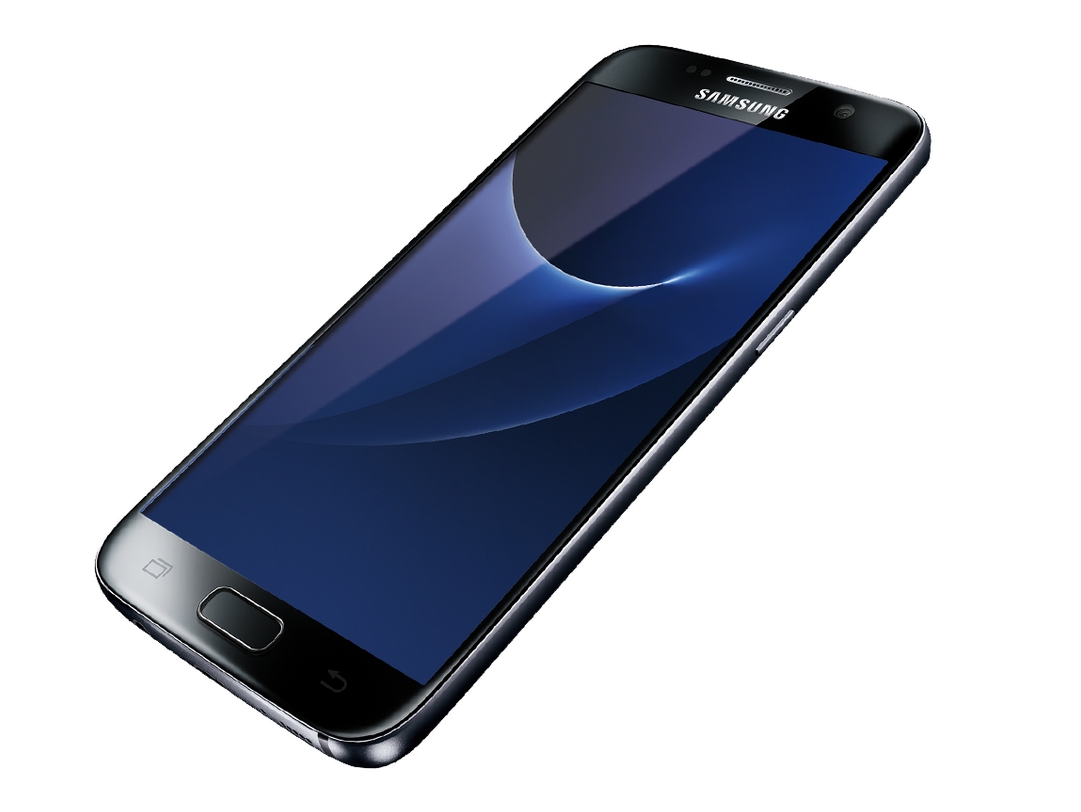
The Samsung Galaxy S7 has a 5.1-inch 1440 x 2560 Super AMOLED screen with a pixel density of 577 pixels per inch. Those are exactly the same specs as the Samsung Galaxy S6, except it’s a little better this time as it’s ‘always-on’, meaning part of it stays lit up with the time, date and notifications.
The Samsung Galaxy S7 Edge has the same resolution and always-on feature, but with the addition of two curved edges. It’s also a lot larger at 5.5 inches, giving it a pixel density of 534 pixels per inch.
Design
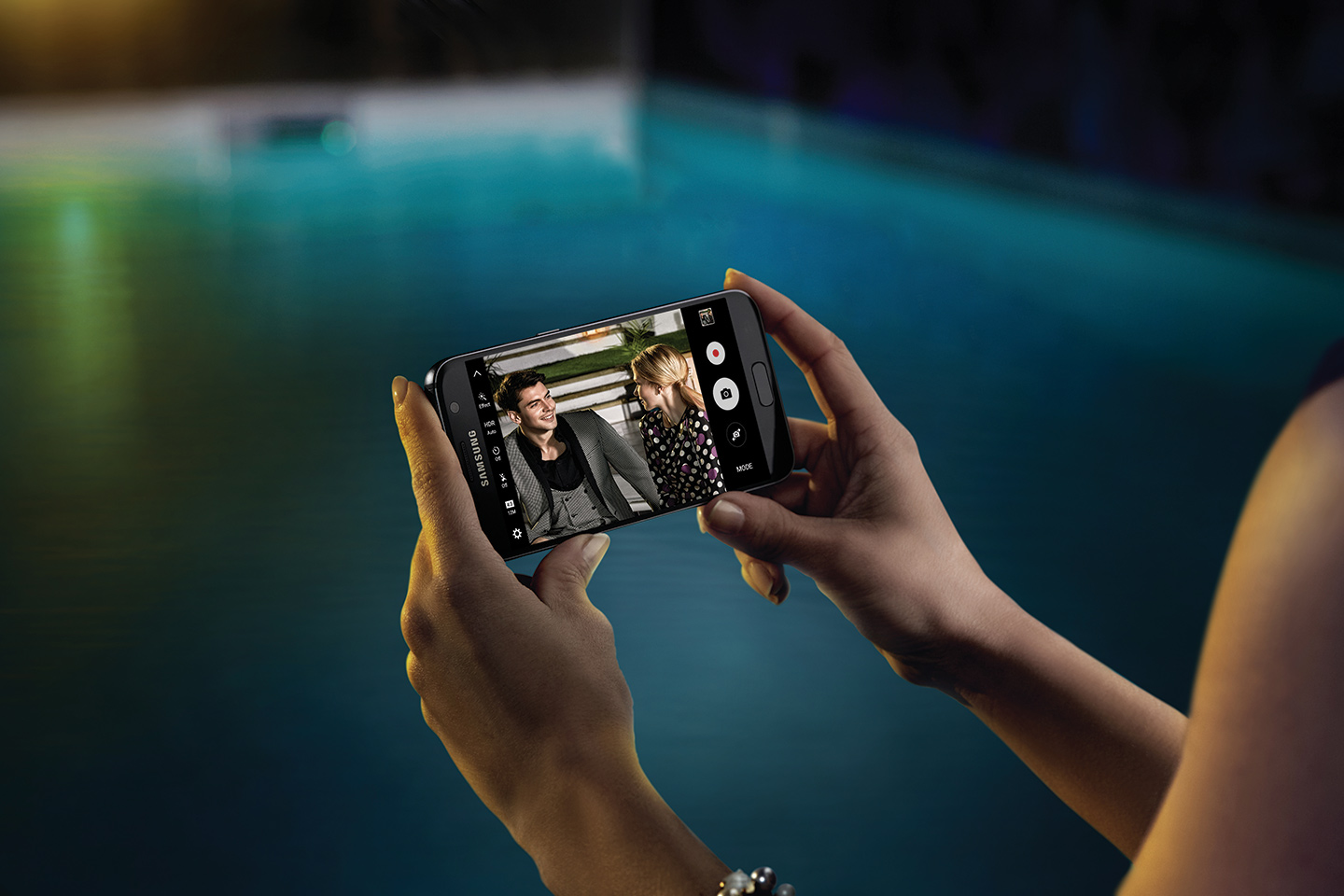
Both the S7 and S7 Edge have a metal frame and a glass back, but the back curves outwards slightly, which it didn’t on last year’s models. That leaves it looking more rounded and better for it. It also makes it more comfortable to hold.
Otherwise their designs are similar, but they’re both IP68 certified water and dust resistant. That means you can dunk them up to 1.5 metres deep in water for up to 30 minutes without causing damage.
They’re fairly slim and compact too given their screen sizes. The Samsung Galaxy S7 comes in at 142.4 x 69.6 x 7.9mm and 152g, and the Samsung Galaxy S7 Edge is 150.9 x 72.6 x 7.7mm and 157g.
Power
Both phones come with 4GB of RAM and either a Snapdragon 820 or Exynos 8890 processor, though it’s the Snapdragon one that’s expected in the UK.
This is a quad-core chip with two cores running at 2.15GHz and two at 1.6GHz. That might sound like a step down from the octa-core processors of 2015, but it should actually be a lot more powerful. In fact, the Galaxy S7 should easily outperform every phone from 2015, so it’s a real powerhouse.
Camera
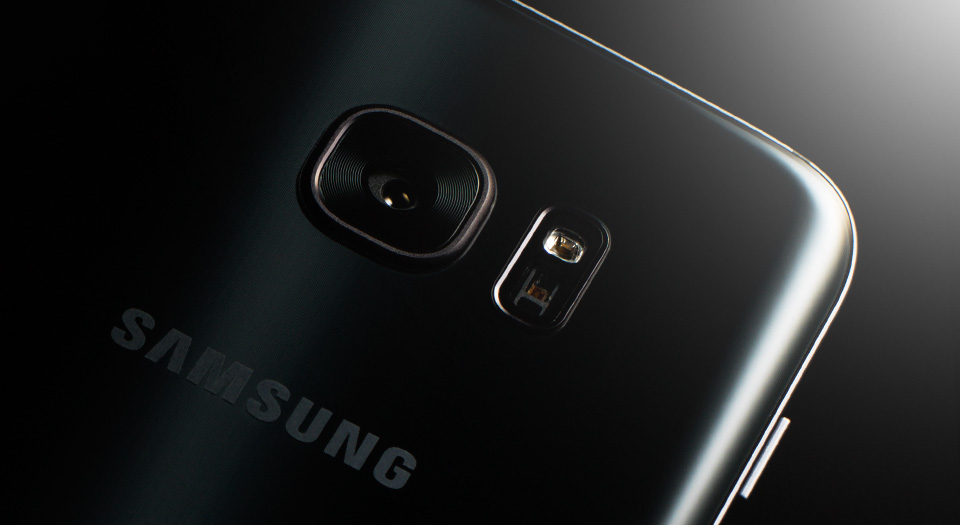
There’s a 12MP camera on the back of the Samsung Galaxy S7 and its big trick this year is that it has large pixels, allowing it to take in far more light than most phones. That means low light shots will look brighter and better.
It also has optical image stabilisation, can shoot 4K video at 30fps and has a 5MP snapper on the front.
Other specs and features
Both the Samsung Galaxy S7 and Galaxy S7 Edge have bigger batteries than last year, going up to 3000 mAh and 3600 mAh respectively, so they should have long life.
They also both have fingerprint scanners, either 32 or 64GB of built in storage and a microSD card slot, which was hugely missed last year.
Other specs and features include fast charging, NFC and Android Marshmallow, so they support contactless payments and have just about everything else you could ask a 2016 smartphone to have.
Of course while Marshmallow is on board it’s overlaid with TouchWiz, which won’t be to everyone’s taste, but Samsung has refined this ever more and now it’s fairly slick, if still a bit bloated.


